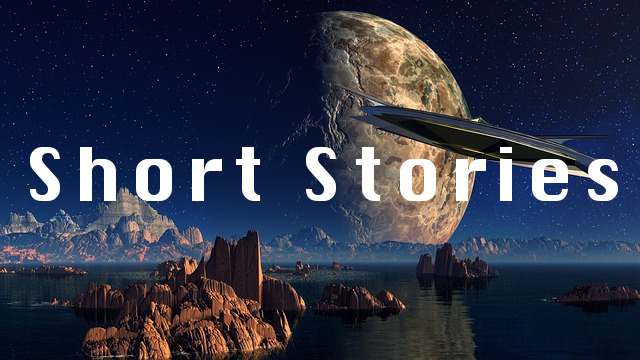This book has been mentioned quite often in the blogosphere and it was also recommended to me by a friend, but for some reason I kept sliding it down the TBR list – which is far from unusual for me, since I tend to be easily distracted by other titles. Now that I finally read it, I wonder if my constant delay was not in part due to a sort of “warning” from what I call my “book radar”, because while I did not dislike Station Eleven, it also failed to completely captivate me.
The book’s premise is that a virulent strain of flu wipes out something like 90 percent of Earth’s population and the story follows some of the survivors in the post-apocalyptic world left after the flu’s passage. These characters all have some sort of link to renowned actor Arthur Leander, whose death on stage, during a representation of King Lear, happens on the eve of the pandemic outbreak: Kirstin is a young actress who was somehow befriended by Leander and witnessed his death – a scrapbook containing the highlights of the actor’s career, and a couple of issues of a graphic novel written by one of his wives, titled Station Eleven, represent the only link Kirstin has with a past she struggles to remember; Jeevan, a former paparazzo, is a paramedic in training who unsuccessfully tries to save Leander’s life and later on watches the world unravel from the window of the building where he and his brother are holed up. Then there is the Traveling Symphony, a group of actors and musicians moving from settlement to settlement performing Shakespeare’s dramas for the survivors, and trying to keep civilization alive, somehow; and lastly, in the flashbacks sections of the novel, we learn about the life of Miranda, Arthur Leander’s second wife and author of the Station Eleven graphic novel that also gives the book its title.
First things first, let’s deal with the proverbial elephant in the room: it’s possible that if I had read the book when it came out, its premise would have had a different impact on me, because now that global pandemics are not a thing limited to speculative fiction, I don’t find it so easy to look at this theme dispassionately. Granted, what recently happened worldwide did not turn into the extinction event portrayed here or in similarly themed books like King’s The Stand, but still, knowing the possibility exists makes for some very uncomfortable reading – at least for me. St.John Mandel does not dwell too deeply on the details of our civilization’s unraveling, preferring to focus on the emotional and psychological impact it has on the characters, and while this choice makes for a more muted narrative, it also detaches the reader from the end of the world as we know it, so that taking away most – if not all – of the tragedy of such an end also robs the story of any dramatic impact. Even the appearance of a self-proclaimed Prophet and his vicious adepts fails to introduce an element of real danger and fear into the story – my perception here is that it was another missed opportunity.
Which brings me to the characters: sadly, most of them failed to capture my attention, adding to the unwelcome sense of detachment I experienced throughout the novel. Kirsten is robbed of a past she hardly remembers, at the same time depriving the readers of any details of the fracturing of civilization, and her journey through the deserted country as she tries to reconnect with the Symphony fails to convey the real sense of loss of a whole civilization. The Traveling Symphony members are further divested of any individual traits including their names, since most of them are identified by the name of their instrument of choice: granted, their valiant effort to keep culture and civilization alive in the wasteland is admirable and it brings some touches of poignancy to the story, but for me it was not enough to help me connect with them, either individually or as a whole.
The only character that managed to gain some relief is that of Miranda, thanks to her efforts at making a life for herself out of the all-encompassing sphere of a very self-centered Arthur Leander: the graphic novel she works on for most of her life is the representation of an idealized existence and it also works as a bridge between the “before” and “after” thanks to the hopeful outlook it offers to those fortunate enough to get hold of some copies, but that’s all and it’s not enough to offer some much needed strong characterization to the book, a situation hindered by the fact that she’s a figure from the past and therefore lost forever in the “present”.
I realized that I’ve depicted this novel in less than enthusiastic tones, and in its defense I have to acknowledge that the writing is fluid and at times poetic, particularly when describing the vast expanses of empty land where nature is repossessing the last traces of our civilization, but if I have to be honest I would have preferred a grittier portrayal of this end – a “bang” rather than the melancholic “whimper” threaded through the story. It’s not the book’s fault, of course, but simply a matter of personal preferences….


















You must be logged in to post a comment.